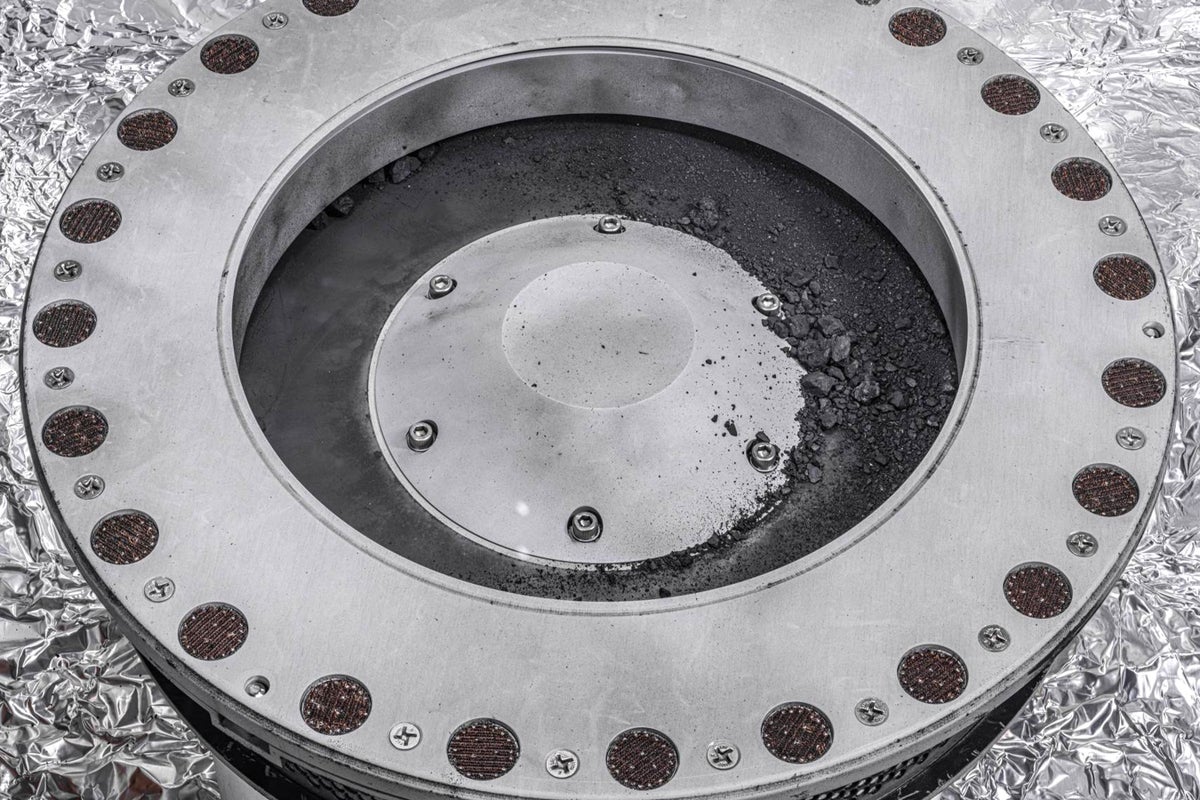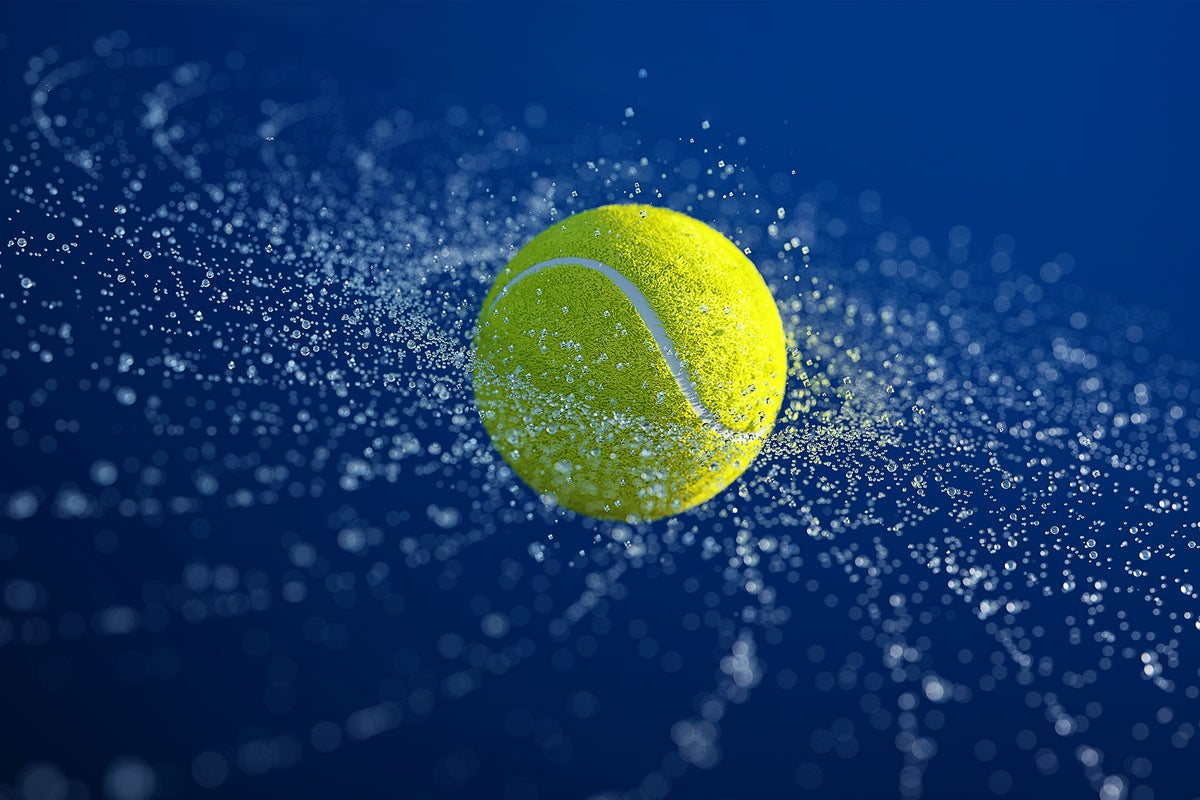October 11, 2023 3 min read OSIRIS-REx’s treasure trove from asteroid Bennu includes material rich in water and carbon By SPACE.com & Mike Wall Accumulated debris from asteroid Bennu covers a portion of the OSIRIS-REx sample collector (middle right). Scientists’ initial analysis of this material shows it contains both carbon and water, two essential ingredients… Continue reading NASA Reveals Sneak Peek of Historic Asteroid Sample
Tag: Quantum Stuff
Researchers Refute a Widespread Belief About Online Algorithms
In life, we sometimes have to make decisions without all the information we want; that’s true in computer science, too. This is the realm of online algorithms — which, despite their name, don’t necessarily involve the internet. Instead, these are problem-solving strategies that respond to data as it arrives, without any knowledge of what might… Continue reading Researchers Refute a Widespread Belief About Online Algorithms
In the Gut’s ‘Second Brain,’ Key Agents of Health Emerge
The experiment offered clear evidence that, in addition to other cells, “glial cells can also sense physical forces” through this mechanosensory channel, said Vassilis Pachnis, the head of the nervous system development and homeostasis laboratory at the Francis Crick Institute. Then, having sensed the change in force, they can shift the activity of neural circuits… Continue reading In the Gut’s ‘Second Brain,’ Key Agents of Health Emerge
Pierre de Fermat’s Link to a High School Student’s Prime Math Proof
Like many math students, I had dreams of mathematical greatness. I thought I was close once. A difficult algebra problem in college kept me working late into the night. After hours of struggle, I felt a breakthrough coming. I deftly manipulated expressions. I factored, multiplied and simplified, until my discovery finally revealed itself: $latex 1… Continue reading Pierre de Fermat’s Link to a High School Student’s Prime Math Proof
Rogue Worlds Throw Planetary Ideas Out of Orbit
It took Pearson months to align the resulting 12,500 JWST images of the Orion nebula, pixel by pixel. The formidable task was frustrated by the telescope’s exquisite sensitivity: Many of the faint objects typically used as landmarks blinded JWST’s ultra-sensitive eye. “The brown dwarfs that are normally difficult to see were wiping out bits of… Continue reading Rogue Worlds Throw Planetary Ideas Out of Orbit
During Pregnancy, a Fake ‘Infection’ Protects the Fetus
When you were a child, it seemed like an ingenious plan: Splash hot water on your face and stagger into the kitchen, letting out a moan that could make angels cry. One touch of your flushed forehead would convince your parents to diagnose a fever and keep you home from school. No matter how elaborately… Continue reading During Pregnancy, a Fake ‘Infection’ Protects the Fetus
People Who Speak Backward Reveal the Brain’s Endless Ability to Play with Language
In 2020 Adolfo García, a neurolinguist at Argentina’s University of San Andrés, had a chance encounter with a photographer who amused his models by chattering to them backward—the Spanish word casa (house) became “asac,” for instance. Upon learning that the photographer had been fluent in “backward speech” since childhood and was capable of holding a conversation… Continue reading People Who Speak Backward Reveal the Brain’s Endless Ability to Play with Language
Quantum Physics Isn’t as Weird as You Think. It’s Weirder
Down at the level of atoms and electrons, quantum physics describes the behavior of the very smallest objects. Solar panels, LED lights, your mobile phone and MRI scanners in hospitals: all of these rely on quantum behavior. It is one of the best-tested theories of physics, and we use it all the time. On the… Continue reading Quantum Physics Isn’t as Weird as You Think. It’s Weirder
Google DeepMind Trains ‘Artificial Brainstorming’ in Chess AI
When Covid-19 sent people home in early 2020, the computer scientist Tom Zahavy rediscovered chess. He had played as a kid and had recently read Garry Kasparov’s Deep Thinking, a memoir of the grandmaster’s 1997 matches against IBM’s chess-playing computer, Deep Blue. He watched chess videos on YouTube and The Queen’s Gambit on Netflix. Despite… Continue reading Google DeepMind Trains ‘Artificial Brainstorming’ in Chess AI
The Astonishing Behavior of Recursive Sequences
In mathematics, simple rules can unlock universes of complexity and beauty. Take the famous Fibonacci sequence, which is defined as follows: It begins with 1 and 1, and each subsequent number is the sum of the previous two. The first few numbers are: 1, 1, 2, 3, 5, 8, 13, 21, 34 … Simple, yes,… Continue reading The Astonishing Behavior of Recursive Sequences


